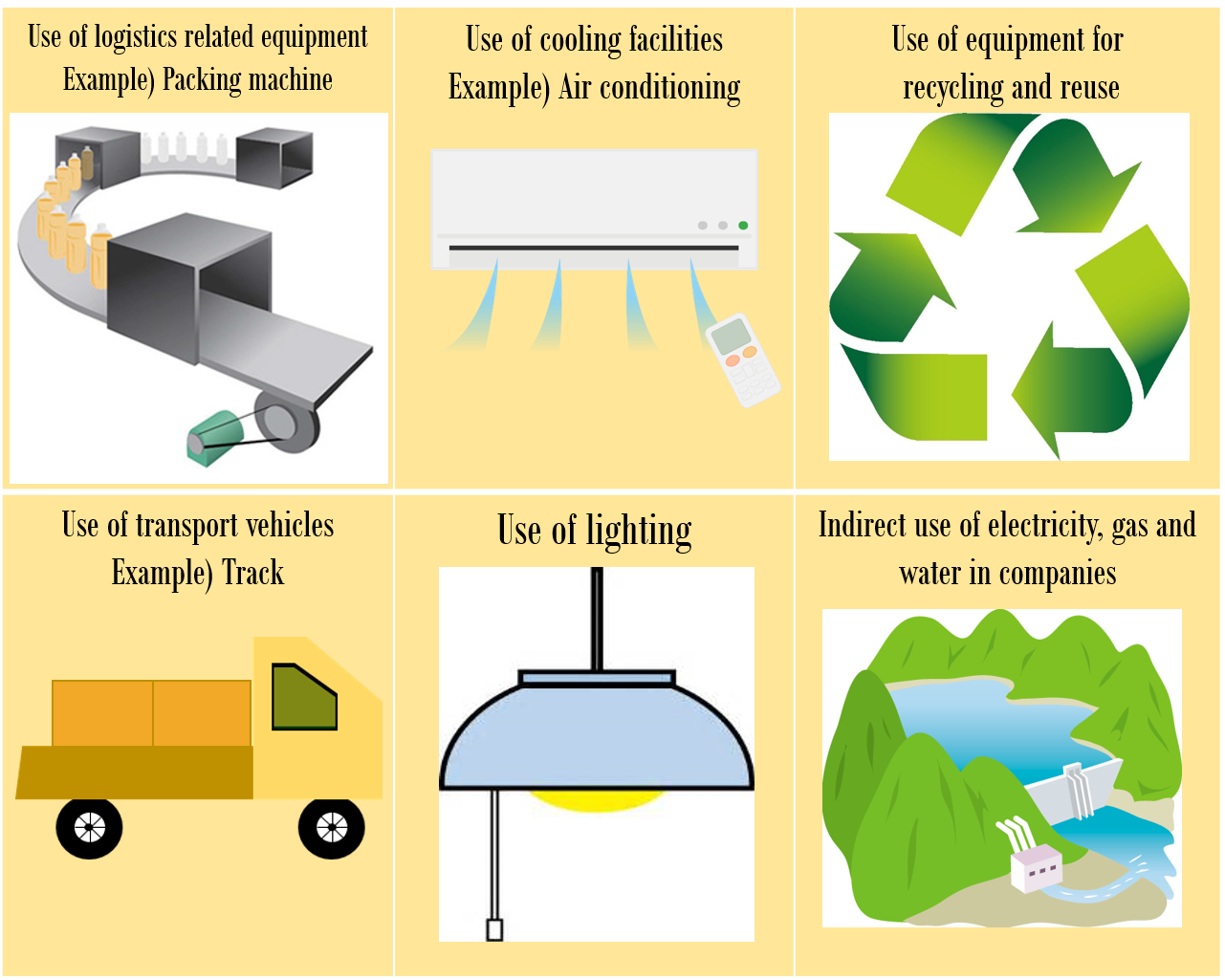On the previous page, we discussed about the amount of carbon dioxide emissions that logistics occupies and which transportation means are high in carbon dioxide emissions among logistics.
Let's dig a little into the automotive division with a high percentage of transportation in logistics.
Environmental burden of logistics is not just exhaust gas
Before delving deeper into the automotive department, I will briefly introduce the environmental loads other than exhaust gas.
Besides the exhaust gas, the environmental load of logistics is as follows.

Types of fuels used by truck
The car division is the basic track. The truck is a car as you know.
To be a car, carbon dioxide emissions are inevitable unless you get out of an electric car.
Let's look at the amount of carbon dioxide emissions by fuel used by the truck.
And before that, let's learn a bit about the types of fuels used by trucks and the merits and demerits of each fuel.


Emission factor and carbon dioxide emissions
As one index when comparing carbon dioxide emissions by fuel, there is an emission factor.
Carbon dioxide emissions of transportation work are calculated by the following formula.
Fuel consumption[L]×emission factor [kg-CO2/L]
If you want to compare carbon dioxide emissions by fuel, consider using the same amount of fuel.
Therefore, it is extremely convenient to consider only the emission factor.
Let's compare the emission factor for each fuel.
Carbon dioxide emissions by fuel - comparison by emission factor -
The following is the emission factor for each fuel.
· Gasoline: 2.32 [kg-CO2/L]
· Light oil: 2.62 [kg-CO2/L]
· LPG (liquefied natural gas): 3.00 [kg-CO2/L]
You can see that gasoline has the lowest emission factor and LPG has the highest emission factor.
BackProbs and SolutionsNext
